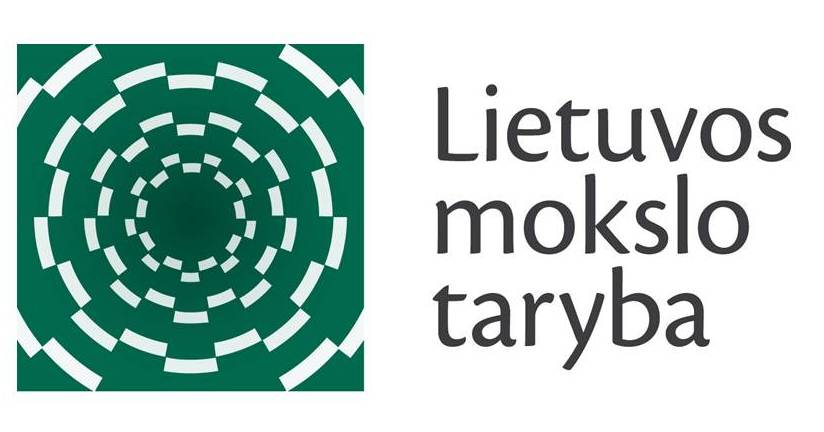Vilnius is one of the cities in The Central Europe, laying the farthest east, which experienced a strong interaction between the Eastern and Western cultures. In 1994 the historical centre of Vilnius (old town) was globally acknowledged due to its exceptionality and was included in the World Heritage List of UNESCO. Vilnius’ old town is the largest old town in The Eastern Europe, covering 359,5 ha.
From 14th to 18th centuries the city produced a huge impact on the architectural development throughout the whole region. The city boasts a well-preserved example of a street network and urban structure, characteristic to The Middle Ages. The city landscape has preserved a rich variety of the buildings with plenty of houses in Gothic, Renaissance, Baroque and Classicism styles. One marvels at the mesmerizing panorama and perspectives.
The streets and buildings reflect the signs of living, once led by Lithuanians, Jews, Poles, Russians, Germans, Belarusians, Caraites and Tatars. Here peace reigns among the representatives from different confessions such as Catholics, Greek-Catholics, Orthodox, Evangelic-Lutherans, Evangelic-Reformists, Jews and Muslims. The historic centre of Vilnius (the old town) stands for a proof of harmony between a human being and nature.
Numbers and main information
Vilnius, as the capital of Lithuania, is the home of the President, the Seimas, the Government and the Supreme Court. Diplomatic missions, educational, cultural, financial, research, and healthcare institutions are based here.
Population: 526 356 inhabitants
Ethnic Composition: Lithuanians 59.4%, Polish 23%, Russians 10.3%, Others 7.3%
Location/ Territory: The capital city Vilnius occupies an area of about 400 sq. km of which 20.2% approximately is developed and the remainder is green belt (43.9% approx.) and water (2.1% approx.).
State Language: Lithuanian
State Religion: Roman Chtholicism
Government: Mayor
Currency: Euro
Local Time: GMT + 2 hours (EET), GMT + 3 hour (summer time)
Working Hours: Governmental institutions work from 8 a.m. to 5 p.m. Monday – Friday. Shops are usually open from 10 a.m. to 6 p.m. or 7 p.m. on weekdays and until 3 p.m. or 4 p.m. on Saturdays. Shopping malls are open all week from 10 a.m. to 10 p.m. Food stores are usually open between 8 a.m. and 10 p.m., some supermarkets are open till 12 at night.
Main historical facts
1009 Lithuania is first mentioned in written sources, the Quedlinburg Annals, as the place (Litua) on whose borders with Rus’ a Catholic missionary, St Bruno was ‘hit on the head by angry pagans and departed to heaven’.
1253 Grand Duke Mindaugas is crowned King of Lithuania. Now the 6th of July is Statehood Day. Commemorates the coronation of the country’s only king, King Mindaugas.
1323 During Grand Duke Gediminas’ reign Vilnius is first mentioned as the capital of Lithuania.
1387 Grand Duke Jogaila (King Władysław II of Poland since February 1386) began the baptism of his pagan Lithuanian subjects as Christians of the Roman Rite, formed a dynastic union with the Kingdom of Poland and granted Vilnius the rights of a city.
1410 The joint forces of the Grand Duchy of Lithuania led by Grand Duke Vytautas and the Kingdom of Poland led by King of Poland Jogaila, defeated the Teutonic Order in battle at Grunwald [Tannenberg, Žalgiris].
1495 The first goldsmith and sewing shops were established. Vilnius starts to develop as a centre of trade, industry and culture of Eastern Europe.
1522 Francis Skoryna established the first printing press in the city. The city became one of the most famous book-printing centres in Europe.
1569 Following the Lublin Union thereby a Polish-Lithuanian Commonwealth (the Republic of the Two Nations) was established, Vilnius lost its importance as an administrative capital.
1579 The Collegium, an institution of higher education, was founded by the Jesuits in Vilnius and was upgraded to the level of Academy, by the Pope. It was the first university in the Baltic countries and became the most important cultural centre in the region.
1795 After the third Partition of the Republic of the Two Nations, Lithuania was annexed by Russia and the name Lithuania was applied to a Russian imperial province. Many city-dwellers were either killed or deported to the eastern regions of the Russian Empire.
1831 After the uprising against the Russian administration had been suppressed, Vilnius University closed down, Catholic churches were turned into Orthodox churches, monasteries were closed down or turned into barracks.
1862 The railway line Sank-Petersburg – Vilnius – Warsaw was built; an iron foundry and tobacco factory were opened; the first brewery was established.
1896-1902 Vilnius became a centre of national revival.
On the 16th February 1918 the Council of Lithuania proclaimed the restoration of an independent Lithuanian state.
1920 Lithuania lost part of the territory, including her historic capital, Vilnius, to Poland. The capital of Lithuania was transferred to Kaunas.
1939-1940 on the basis of the Molotov-Ribbentrop pact with Germany, the Soviet Union compelled Lithuania to sign a mutual assistance treaty, which allowed Red Army units to be stationed on Lithuanian territory. As a result of this alliance, Lithuania regained Vilnius but was incorporated into the Soviet Union.
World War II. During the Second World War, the Old Town of Vilnius suffered greatly. Fortunately, the majority of the most valuable buildings and monuments survived.
On the 11th of March 1990 the Supreme Council of the Republic of Lithuania declared the restoration of Lithuania’s independence.
In May 2004 Lithuania became a member of the European Union and NATO, and Vilnius became the capital of the Member State of the EU and NATO.














